So just exactly how do honey bees survive winter?
Do they hibernate? Do they migrate to warmer climates?
Honey bees are indeed a truly fascinating insect. Not only are they responsible for pollinating a large majority of the food, they also lead an incredibly complex and amazing life within their hives.
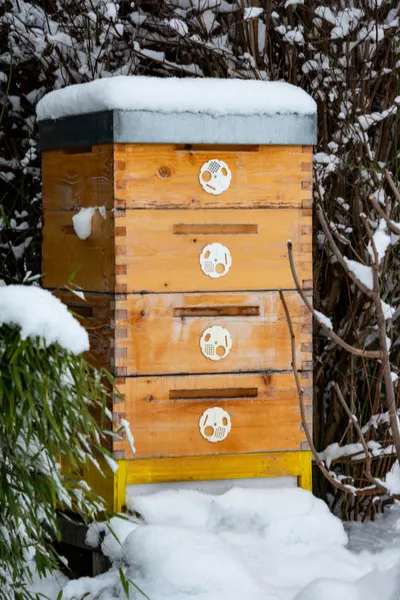
Especially when it comes to preparing for and living though the cold winter months!
Here are 3 interesting facts about how honey bees get ready for winter, and how they live in the winter to keep their hives alive.
3 Fascinating Facts How Honey Bees Survive Winter
#1 The Cluster – Creating A Beehive Furnace
So back to the subject of hibernating and migrating.
The truth is, honey bees don’t hibernate or migrate as the weather arrives. Instead, to keep from freezing, they form what is called a cluster inside the hive.
A cluster is nothing more than a big ball of bees. And it is formed right around their stores of honey so that food is close at hand.
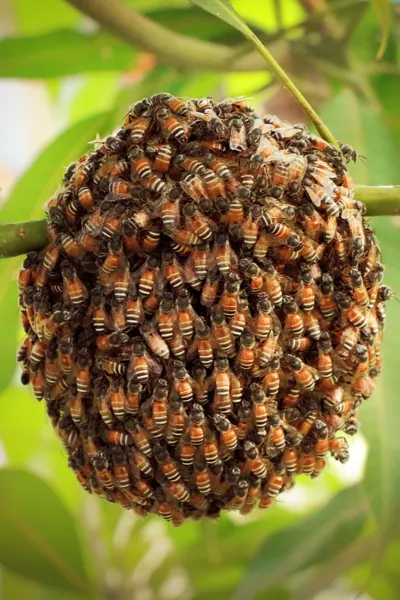
A winter cluster is designed with one purpose in mind, to keep it’s core temperature between 92 and 94 degrees.
Why? because at the center of the cluster is the queen bee herself. And without her survival, the colony would collapse and die.
And that temperature is exactly what she needs to stay perfectly content.
Honey bees, in fact, keep their hives in that 92-94 degree range all year long. Whether it’s 2 degrees outside, or 100 degrees or more.
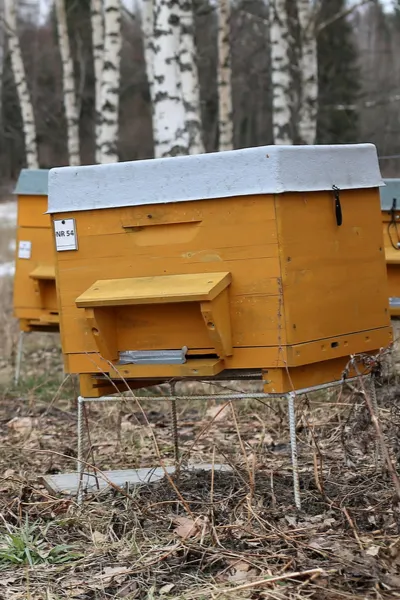
In the summer, they cool the hive by flapping their wings at high rates of speed. It is their own version of air-conditioning, and it works incredibly well.
One more interesting note on the wintertime cluster. The oldest bees always form on the outside of the cluster.
This is done to keep the strongest of the bees alive towards the warmer inner core. And if the old bees should perish, they simply fall off the cluster.
#2 – Fall Population Control – So Long Males!
Believe it or not, that cluster of bees in the winter is made up entirely of female bees.
One of the biggest concerns for an overwintering honey bee population is having enough food.
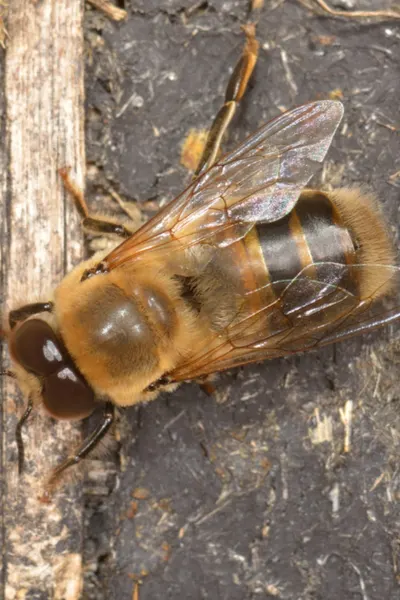
And of course, the best way to conserve what you have stored is to reduce your population. For beehives, that means getting rid of the male bees in mid to late fall.
The male bees (called drones), are in a hive solely for mating with the queen. Beyond that, they are of little help in the hive.
And since during the cold months the queen is not laying eggs, there is simply no need for any males.
As fall arrives, the female worker bees in essence push the males out of the hive. At the same time, they also remove any drone eggs to prevent more from arriving.
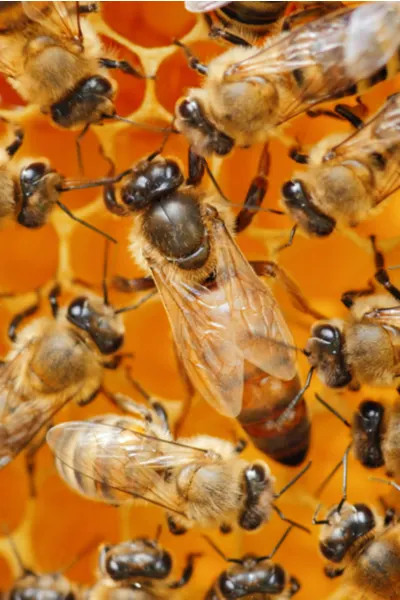
If you are around a beehive in the fall, you will notice a fair amount of deceased bees at the entrance. Those indeed are male bees that have been in essence, left out in the cold!
As spring comes around, the female bees simply allow a few stored male eggs to hatch to provide a new set of males.
Winter Bees Vs. Summer Bees – How Honey Bees Survive Winter
Although reared from the same queen, there is a difference in a hive’s summer bees and winter bees.
Most notably, winter honey bees live longer than summer honey bees. In fact, much longer!
Summer honey bees live only somewhere between 3 to 6 weeks. They have many task, including gathering nectar, keeping up the hive, rearing new bees, and making and storing honey. ( See: 4 Gorgeous Plants To Attract Bees, Butterflies and Birds)
In essence, they are busy 24-7, and work themselves to death.
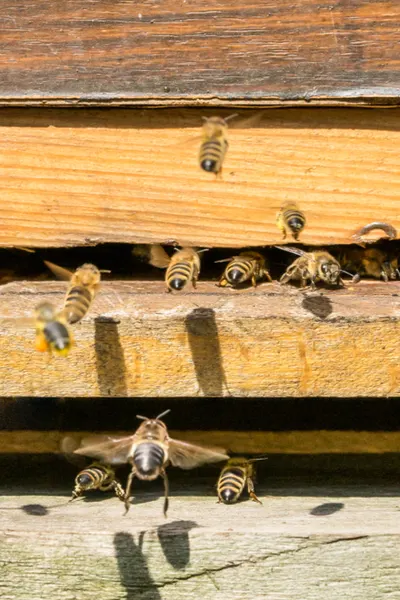
Winter bees, however are completely different in their make up. They are bees of survival. Winter bees can live up to 6 months in the hive, helping to keep it warm as they cluster.
While summer bees leave the hive hundreds of times a day, a winter bee will stay inside for months at a time.
In fact, the only time bees leave the hive in the winter is when the outside temperature climbs to 55 degrees or higher.
These flights are called cleansing flights for the bees. In essence, they use them to finally go to the bathroom, not wanting to do so inside of their hive.
Talk about an amazing bladder!
For more great info on the amazing life of bees, check out the classic book by Sue Hubbell, A Book of Bees.

This Is My Garden is a website dedicated to spreading the love and knowledge of gardening around the world. We publish two new garden articles each week. This article may contain affiliate links.
